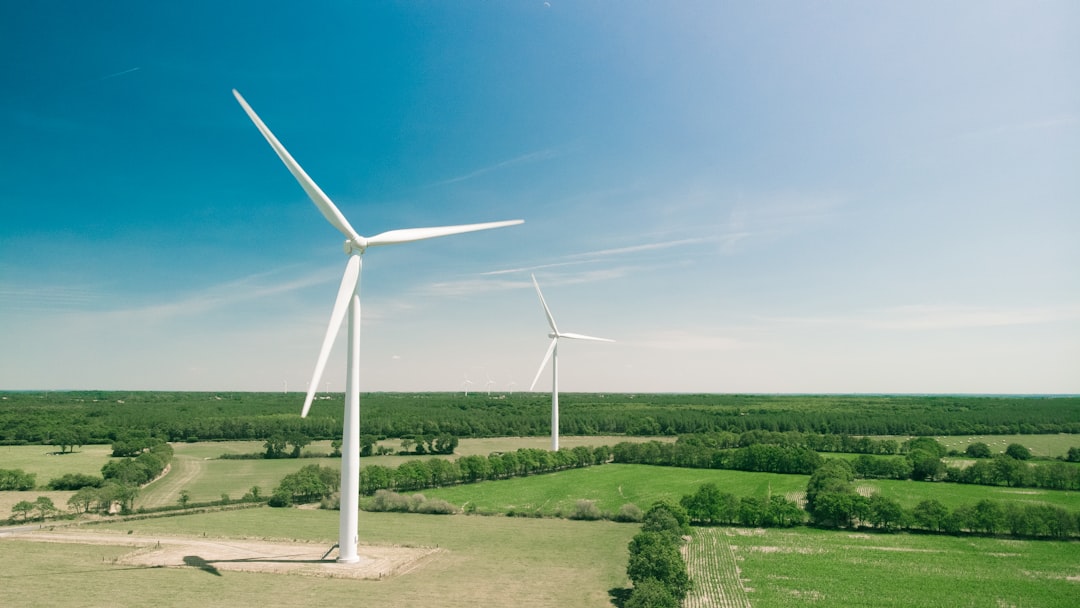Contents
Introduction
Characteristics of Wind Power – Efficiency, Environmental Impact, Affordability, and Scalability
Concluding Remarks
Bitesize Edition
We’ve seen a volatile energy market in Europe over the last few years. The energy decoupling from Russia after the Ukraine invasion and the sabotage of the Nord Stream Pipelines brought severe volatility to natural gas prices. Europe sourced over 40% of its gas from Russia. The energy markets are in the midst of shifting.
In the Clean Energy Transition, renewable energy sources, such as wind, are hailed as the future of energy. As technology advances, innovation is improving efficiencies. It's clear that these methods are cleaner for the environment in terms of the production of greenhouse gases, but impacts on wildlife are part of the story here. Finally, as costs have risen over previous years, do renewable energy production methods have a contributing factor in this rise? Even though the technology has dramatically improved and that’s driven costs of electricity down on a levelized cost of electricity basis, there are other costs to consider, such as storage and transmission costs. Improvements are required in both areas to reduce overall costs seen by consumers in their bills.
However, as long-term readers know, we love to paint as true a picture as possible with as little bias as possible. Alone, wind power and other renewables would lead to rising energy bills, brownouts, and blackouts. They are a huge part of a cleaner future, but they’re not the entire solution. Diving into the characteristics of wind power can help us see why.
Introduction
If we’re going to explore renewable energy, we need a deep dive into the key characteristics of each energy production method. Today, I’m going to start with wind.
Characteristics of Wind Power
Efficiency – Wind turbines can have from 20%-50% efficiency at converting wind into energy. The differences depend on size, and the capabilities of the turbine to convert wind into energy at lower speeds. No wind turbine will ever have an efficiency of greater than 59.3%. This is because of Betz’s Law, which details the maximum power that can be extracted from the wind, regardless of turbine design. Air flows through a certain area and slows when it loses energy from a turbine. As a result, the airflow distributes over a wider area. Its geometric mathematics limits any turbine to 59.3% efficiency. There are recent academic papers that state Betz doesn’t take potential energy into account so theoretically, the energy output of a turbine could be higher than 59.3%. Horizontal axis wind turbines (HAWT) remain limited in efficiency by Betz’s Law. Still, for vertical axis wind turbines (VAWT), we can achieve greater efficiency if the turbine is rotating at a sufficient speed.
Keep reading with a 7-day free trial
Subscribe to Geopolitics Explained to keep reading this post and get 7 days of free access to the full post archives.



